Embracing Change: The Neuroscience Behind Thriving in 2024 Insights from Grant Upbeat Bosnick (Chapter 12)
Description
In episode 339, we delve into Chapter 12 of Grant's latest book, exploring the cutting-edge neuroscience of change. Building on seven months of in-depth discussions, this episode aims to equip you with the knowledge to thrive in 2024 by understanding how our brain interprets change as either a reward or a threat.
We'll revisit key episodes that have previously tackled the concept of change, including insights from futurist Chris Marshall and renowned neuroscientists. Discover how your brain's response to social and emotional threats can be as powerful as its response to physical dangers, and learn practical strategies to navigate these challenges.
Gain a deeper understanding of Maslow's hierarchy of needs and its evolution into self-determination theory. Explore Bosnick's ACRES model—Autonomy, Competence, Relatedness, Equity, and Sureness—to see how meeting these needs can help you embrace change and achieve your goals.
Join us as we unpack Dr. Huberman's insights on how to harness neuroplasticity to create lasting behavioral changes. Learn how to manage the agitation and strain that come with pushing past your comfort zone, and find out how to build a positive change network to support your journey.
Whether you're looking to enhance your agility, resilience, or overall well-being, this episode offers valuable tools and reflections to help you navigate and embrace change with confidence.
Welcome back to SEASON 12 of The Neuroscience Meets Social and Emotional Learning Podcast, where we connect the science-based evidence behind social and emotional learning and emotional intelligence training for improved well-being, achievement, productivity and results—using what I saw as the missing link (since we weren’t taught this when we were growing up in school), the application of practical neuroscience. I’m Andrea Samadi, an author, and an educator with a passion for learning and launched this podcast 6 years ago with the goal of bringing ALL the leading experts together (in one place) to help us to APPLY this research in our daily lives.
On today's episode #339 we continue with our 18-Week Self-Leadership Series based on Grant Bosnick’s “Tailored Approaches to Self-Leadership: A Bite Size Approach Using Psychology and Neuroscience” that we first dove into with our interview on EP #321[i] the end of January. The goal was that each week, we focused on learning something new, (from Grant’s book) tied to the most current neuroscience research, that builds off the prior week, to help take us to greater heights in 2024. So far, it’s taken us 7 months to cover the first 12 chapters thoroughly, and we still have 7 chapters to go. After this week on change, we have chapter 13 on agility, 14 on resilience, 15 on relationships and authenticity, 16 on biases, 17 on trust, 18 on empathy and the final chapter 19 (and one of my target areas to focus on this year), the topic of presence. When we finish each of these chapters, we will put them all together, with a review of each one, in one place.
On today's EPISODE #339 we will cover:
✔ The Neuroscience of Change
✔ How our brains sense rewards versus threats
✔ How social and emotional threats are the same as physical threats
✔ Review of Maslow’s Hierarchy of Needs
✔ Review of Self Determination Theory
✔ Triggers to watch for during times of change.
✔ How to Change Our Nervous System to change our actions and behaviors, and leave behind a legacy we are proud of.
For Today, EPISODE #339, we are moving on to Chapter 12, covering “The Neuroscience of Change” which came out as a low priority with 0% (Pathway 5) along with Agility and Resilience. I wasn’t surprised to see this topic showing up with a low priority for me this year, mostly because I love change, and am constantly looking for new ways to do things. If I am doing the same things over and over again, I can tend to get bored, so it’s important to find new angles, and challenges, daily to inspire the most creativity.
If you’ve taken the leadership self-assessment[ii], look to see if Change (in Pathway 5) along with agility and resilience, is of a low, medium or high priority for you to focus on this year.
We’ve covered the topic of “change” in many different places on this podcast, most recently on EP 296,[iii] with Futurist Chris Marshall on his book “Decoding Change”, EP 244 “Using Neuroscience to Change our Perceptions”[iv], or EP 209 on “Using Neuroscience to Impact Change”[v] where we looked at a quote from the great, late Sir Ken’s famous TED TALK, Do Schools Kill Creativity, where he reminded us that “If you’re not prepared to be wrong, (by not fearing change and making mistakes along the way) you’ll never come up with anything original.” Think about this for a moment. Think of the times in your life where you embraced change. Would you agree with me that embracing change helps us to have more guts and perhaps stretch more in the future? It helps us to build our future confidence levels. There are many different ways to change our brain, like we found out with Dr. Michael Rousell on EP 159[vi] who taught us “How the Power of Surprise Can Secretly Change the Brain.”
So what does Grant Bosnick say about The Neuroscience of Change in Chapter 12 of his book, Tailored Approaches to Self-Leadership? He opens up the chapter with examples of change, asking how we feel when:
- Example 1: We are in nature and come across a “breathtaking view” (how do we feel) I love seeing water (rivers, lakes or waterfalls in nature). How about you? What do you enjoy seeing/feeling in nature?
Or, think of this—we are in nature, and we see a large bear in front of us (how do we feel seeing a large bear compared to the first example of the beautiful river or waterfall)? I’ve never seen a bear, but we do see rattlesnakes often on the hiking trails with the same effect as a bear! If a rattlesnake doesn’t kill you with their venom, they could very possibly bankrupt you, due to the high cost associated with treating snake bites.[vii] Think about how seeing a bear or a snake in nature, makes you feel now? The first example is obviously peaceful, and the second quite stressful.
Example 2: We are working hard, and go for our dream position at work, and we are thrilled that we actually land the promotion! (How do we feel) This feels incredible!
Or, you don’t get the promotion, someone else gets it (how do we feel then)? Deflated is a word that comes to mind.
With both of these examples, the breathtaking view, or when we land the promotion we worked so hard to achieve, Bosnick explains “we feel like we got a reward. It’s a rush. We get a sensation in our brain and a hit of the big neurochemicals” dopamine, serotonin, oxytocin, norephinephrine, adrenaline.” (Page 132, Ch 12, Bosnick, Tailored Approaches to Self-Leadership).
But with the bear in the woods, (or snake on the hiking trails), or being overlooked for the promotion our brain actually sees this “like it’s a threat. We feel tense, stressed, pressure…our body physically feels it.”
Then Bosnick said something that caught my attention that showed me the difference between these two examples. Bosnick says that “Neuroscience has shown us, that the feeling we get from a social or emotional threat (like being passed over for the promotion) is the same as the feeling we get from a physical threat, (like seeing the bear of the snake) and that the negative (threat) response is stronger than the positive (reward) response.” (Page 132, Ch 12, Bosnick, Tailored Approaches to Self-Leadership). This explains to me why social and emotional threats can have a long-lasting impact on us and deflated just doesn’t cover it. If we let these threats impact us, they do have the ability to zap our future confidence levels.
When we see how our brain interprets “everything and everyone we meet as either a reward or a threat” we can better understand “how our body reacts, (and) our brain and mind think, (leading) to the decisions, behaviors and actions we make.” (Page 132, Ch 12, Bosnick, Tailored Approaches to Self-Leadership). It’s here that Bosnick reviews the five levels of Maslow’s Hierarchy of Needs, where the bottom two are our physiological needs (food, water, shelter) then safety needs (health, emotional security, financial security) that we need first for survival. The top three are our psychological needs, social belonging (friendships and love), the need for self-esteem (confidence, recognition and respect) that leads us to the top, with self-actualization (where we pursue our goals and seek happiness).
Bosnick talks about how Maslow’s model evolved into “Self-Determination Theory” around the year 2000 where researchers found that there were “three physiological needs: the need for Competence (feeling valued for our knowledge, skills and experience), the need for Relatedness (collaborating, connecting or serving others) and the need for Autonomy (being able to exercise self-regulation…to achieve our goals.” (Page 133, Ch 12, Bosnick).
Bosnick expands on this, calling it ACRES, A=autonomy or the feeling of control or choice), C=competence (feeling valued and respected for our contribution), R=relatedness (a need to belong and be accepted, to also have social connections), E=equity (perceiving actions as fair) and S=sureness (the ability to predict what’s going to happen moment to moment). (Page 133, Ch 12, Bosnick). Bosnick tells us that “if all of our ACRES are being met, it will put us in a toward state and we will fully embrace everything ahead of us; (but) if our ACRES are threatened, it will put us in an “away state” and will th



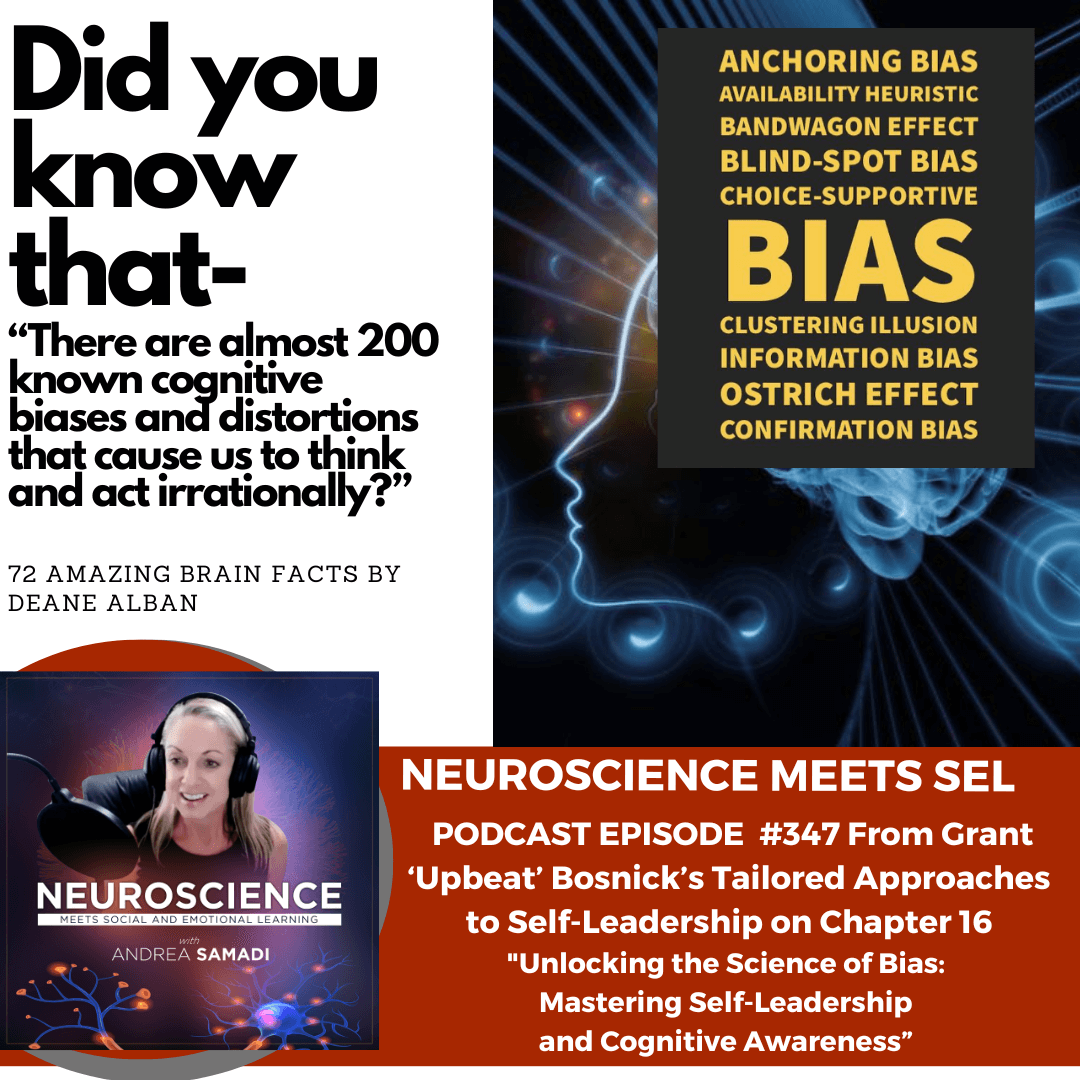

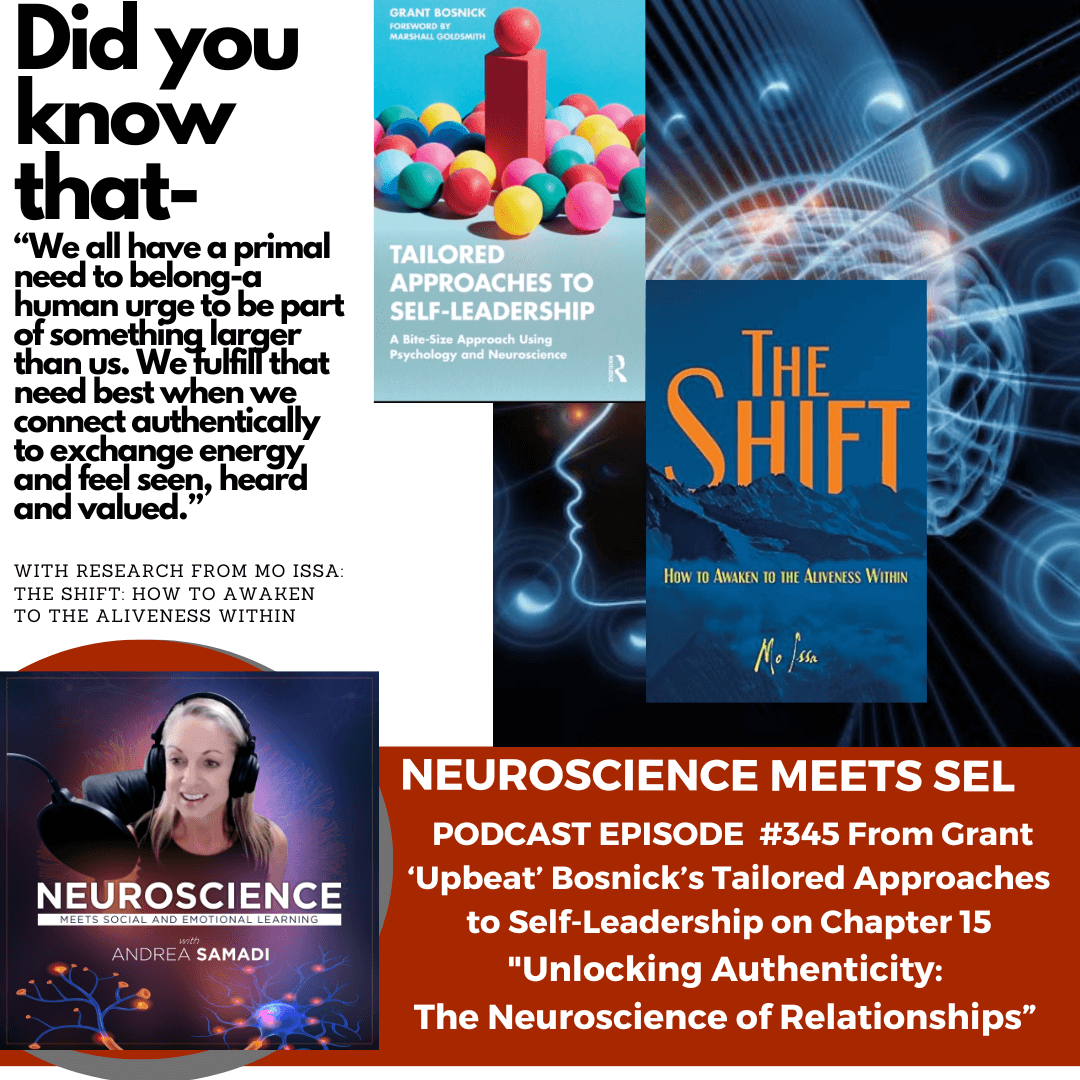
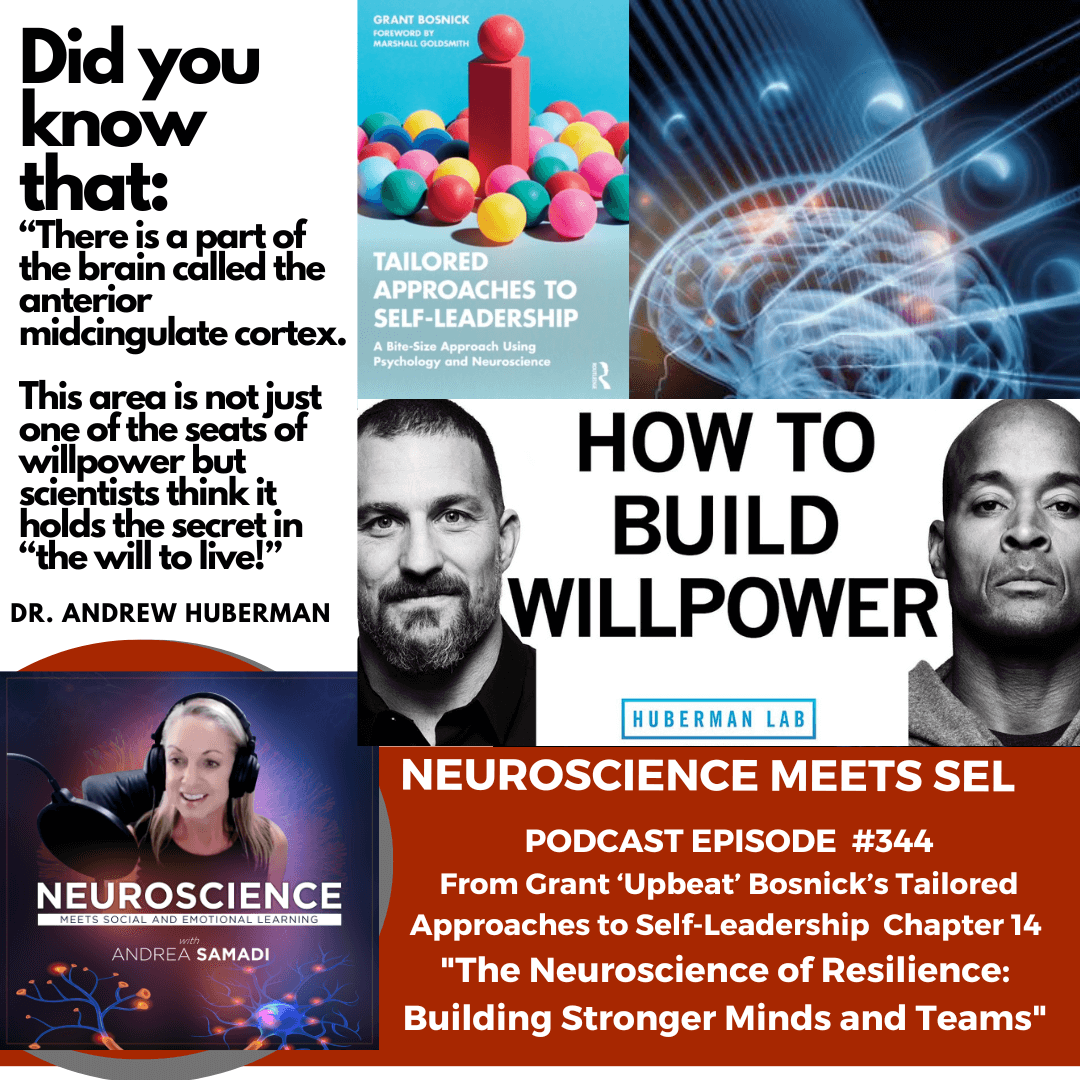

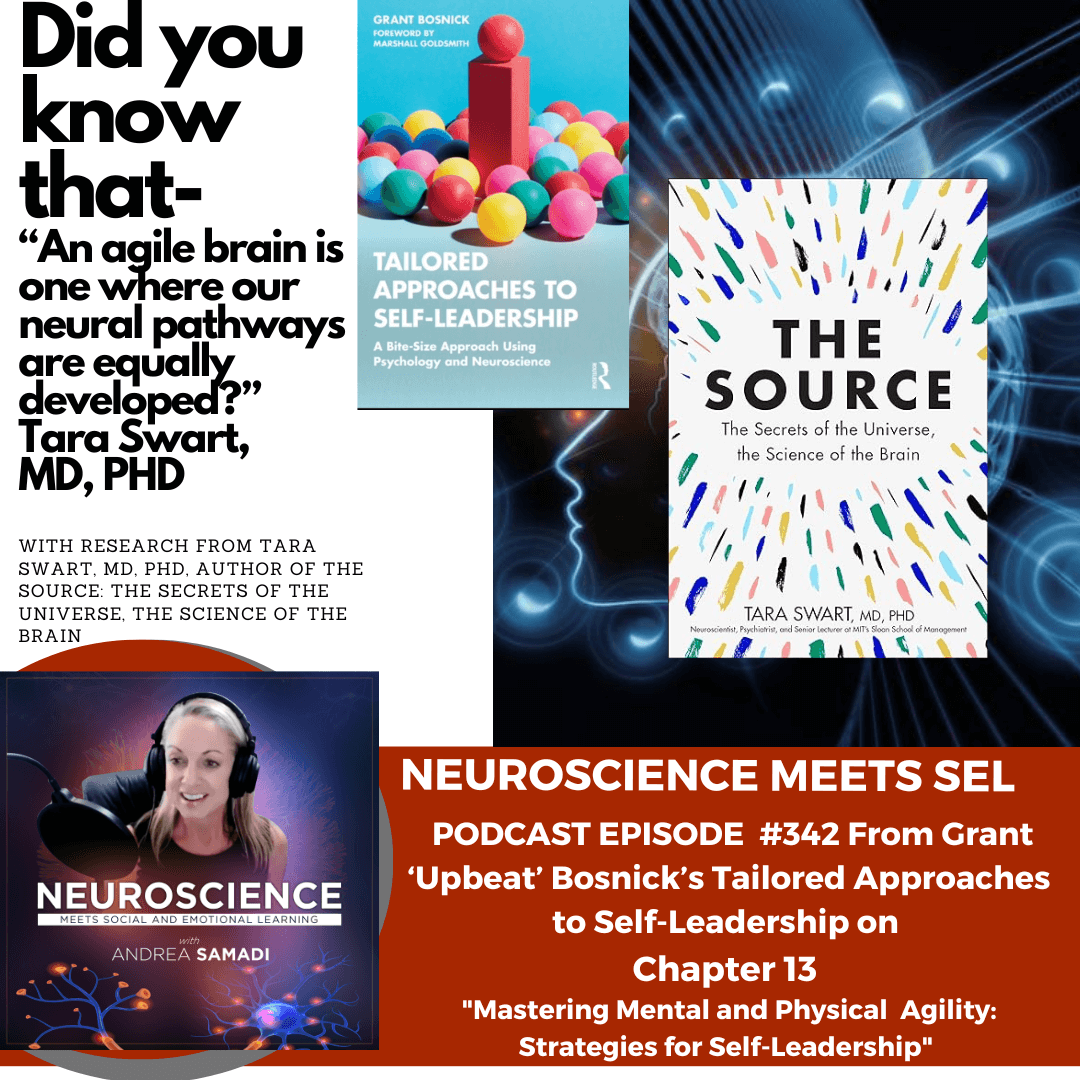


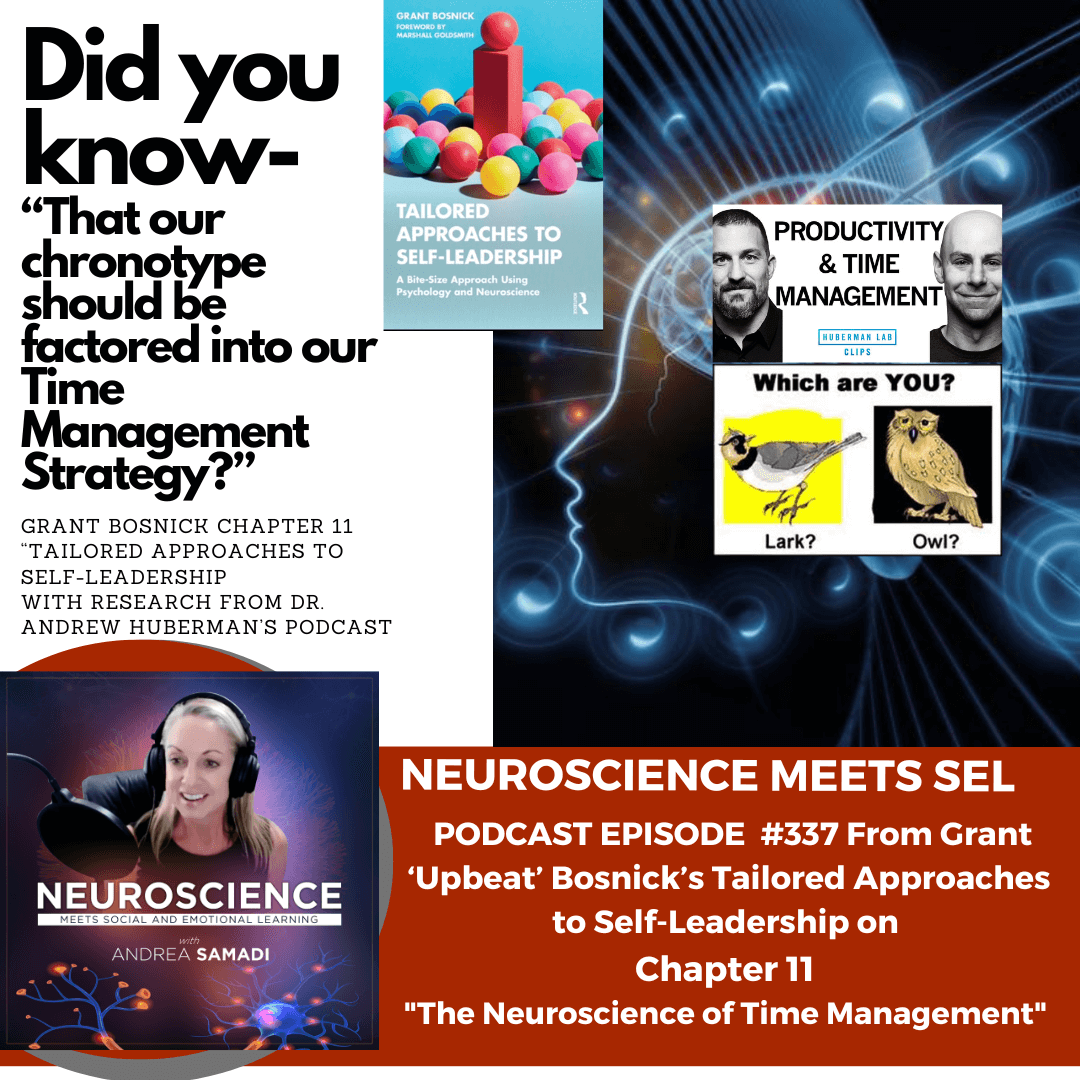
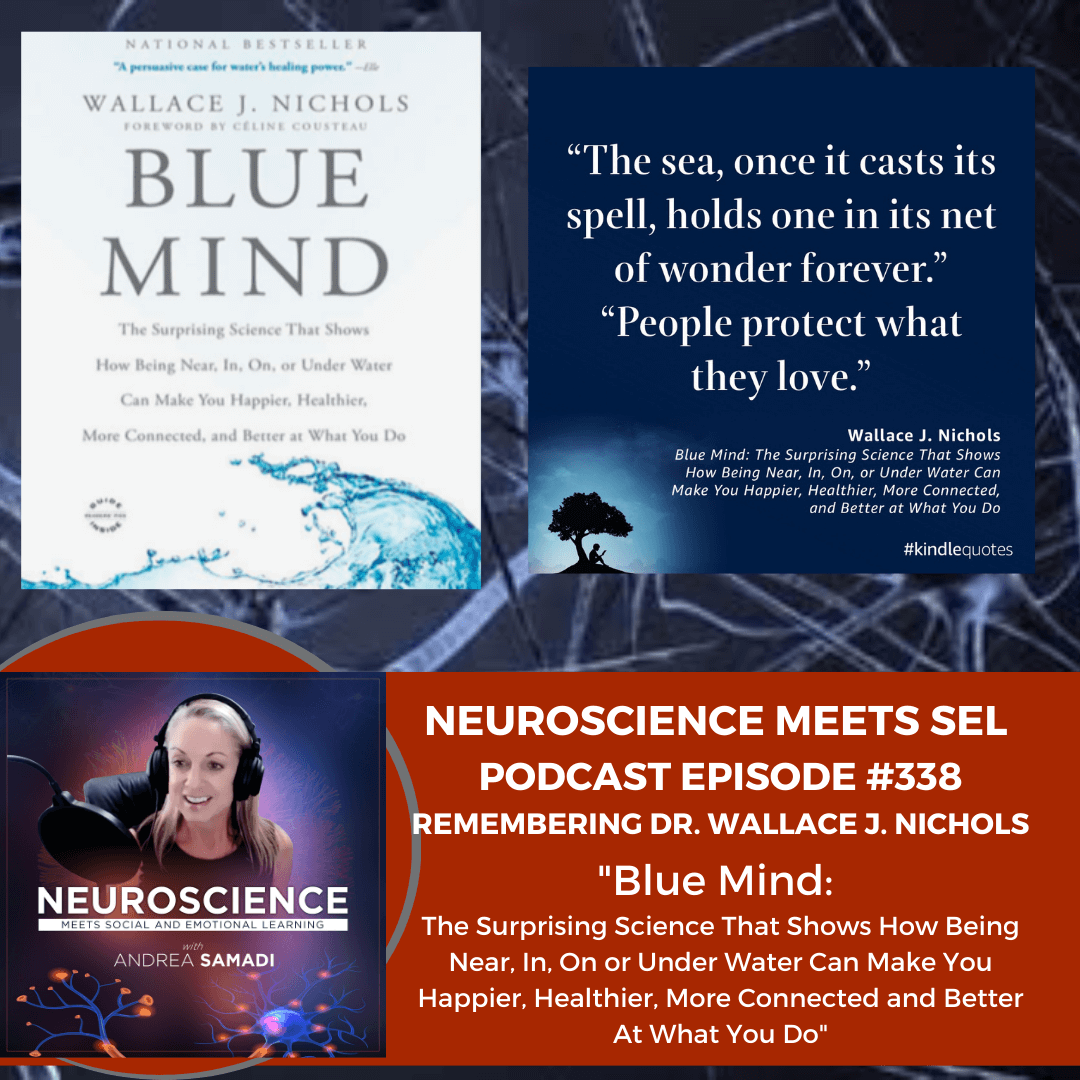
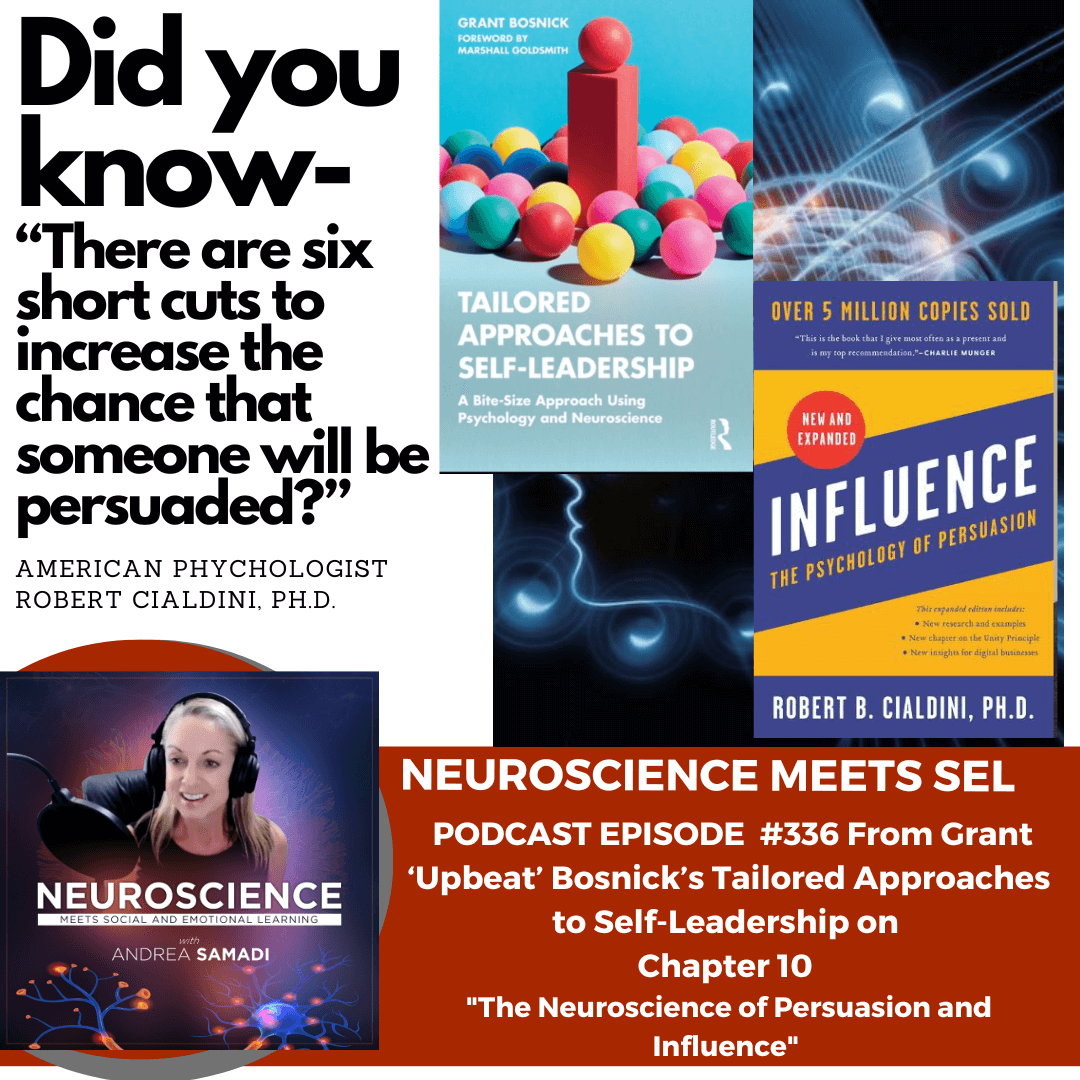
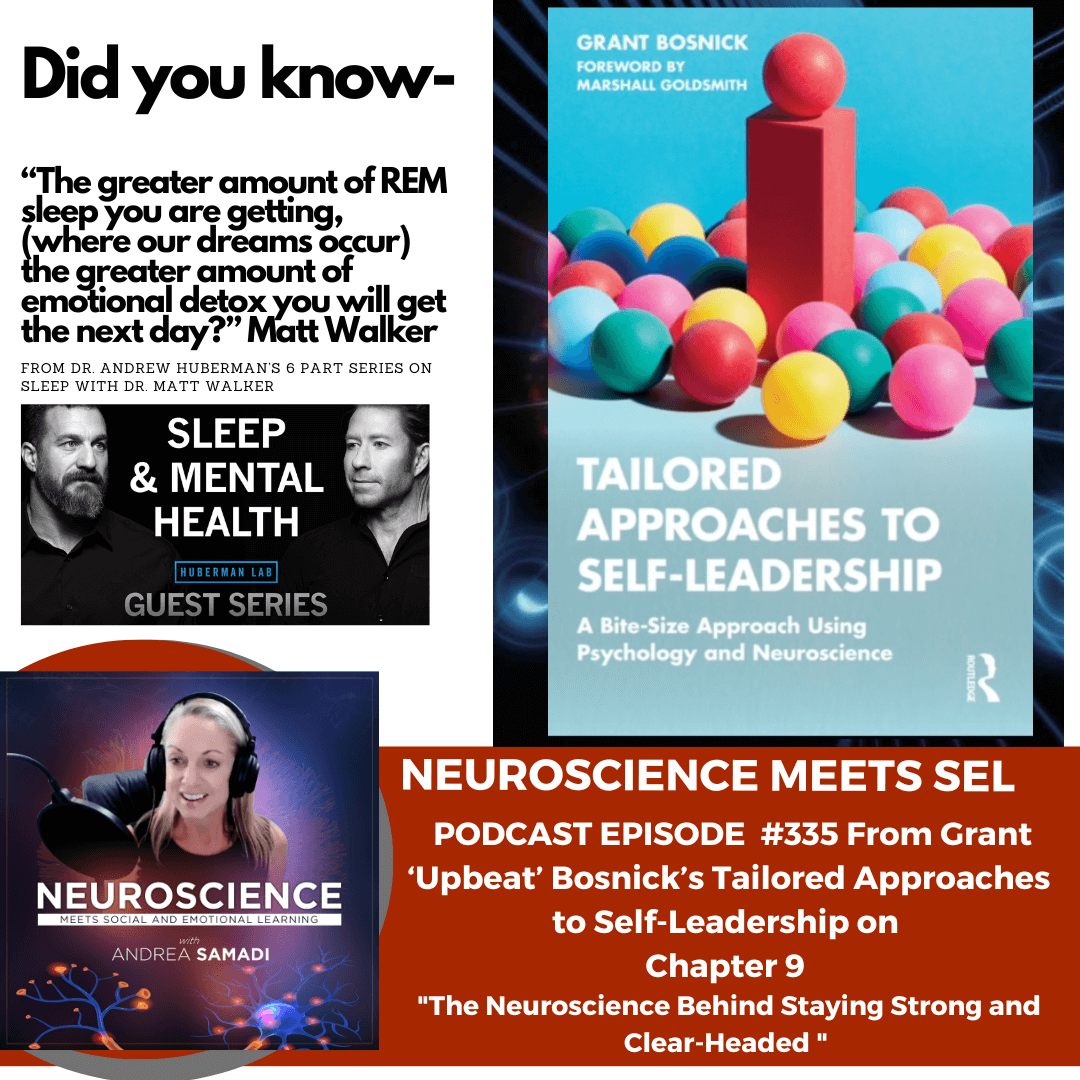




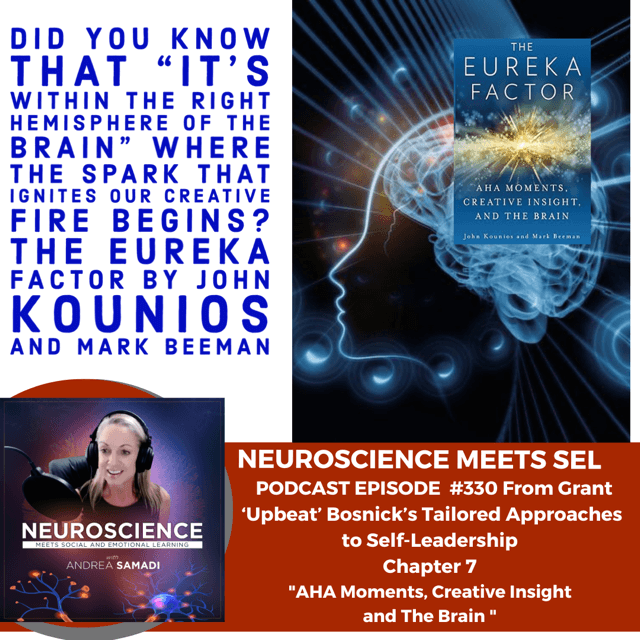





you are awesome 🥰🥰🥰